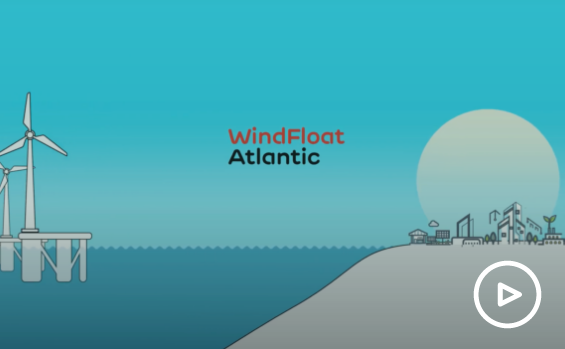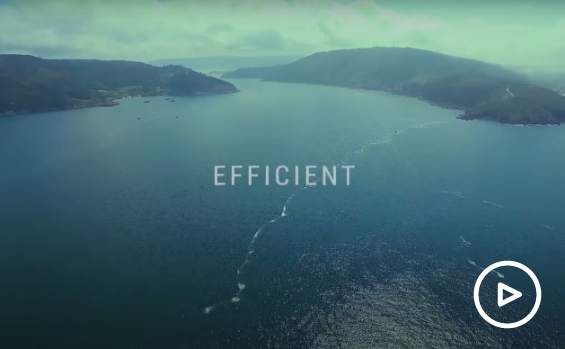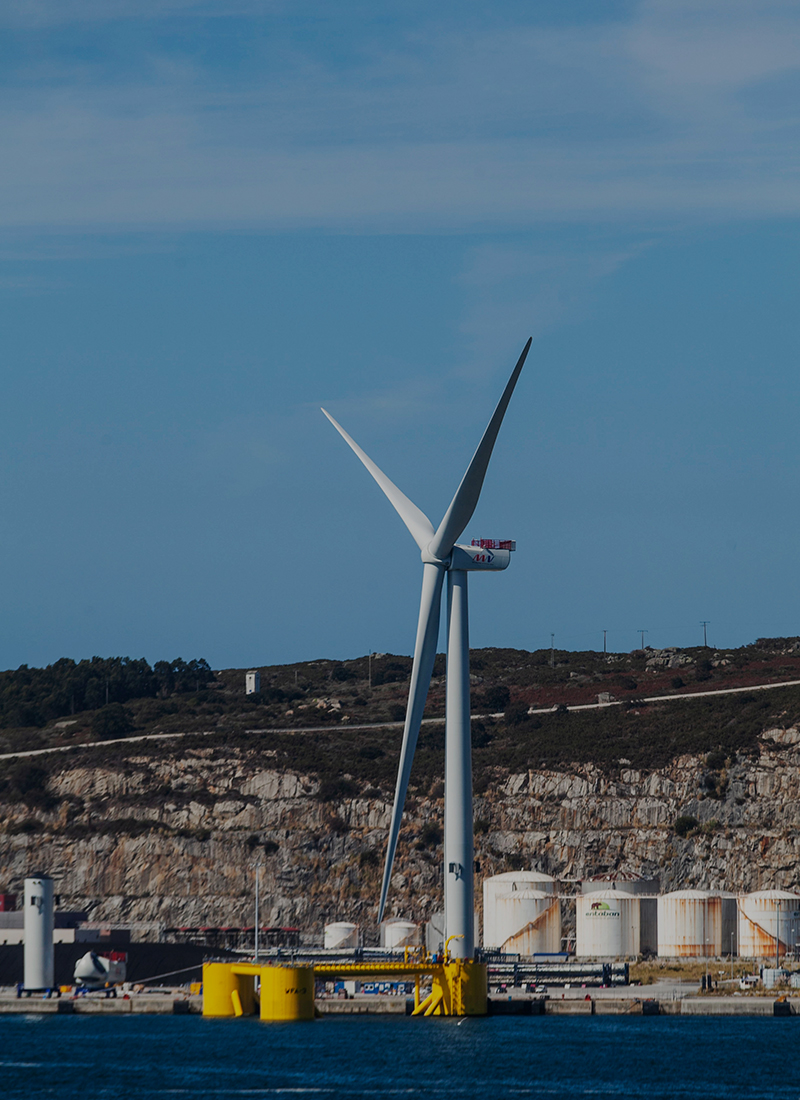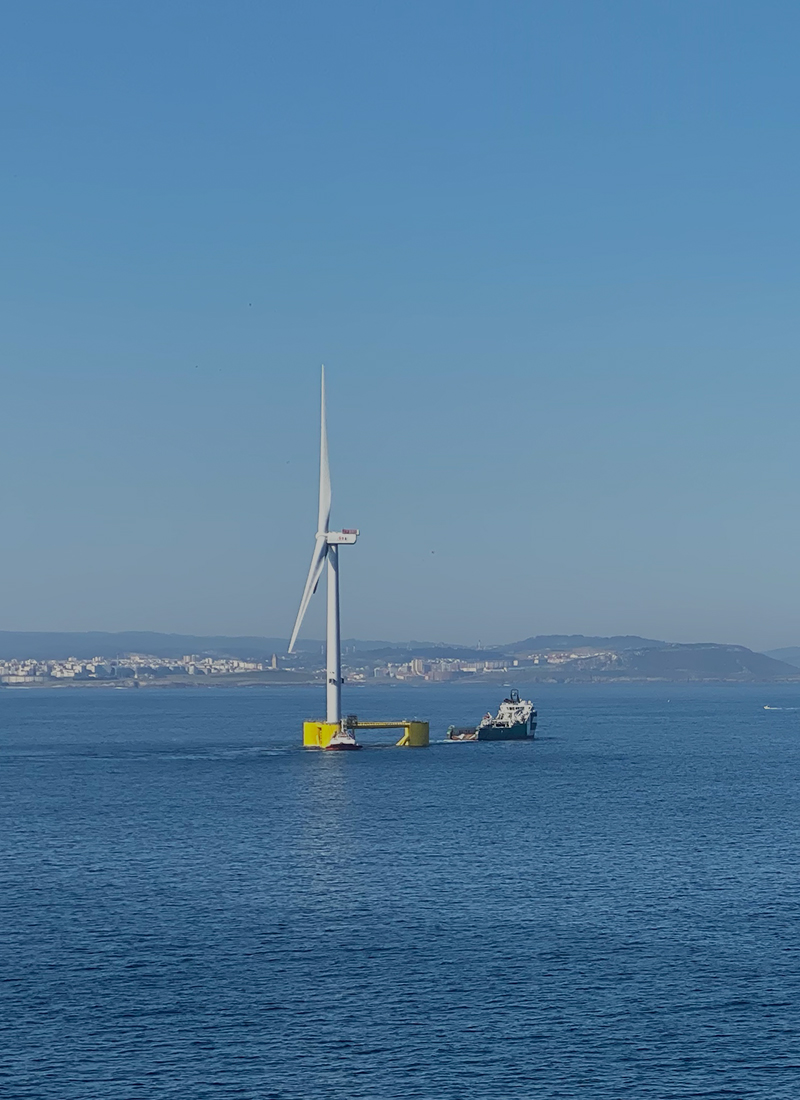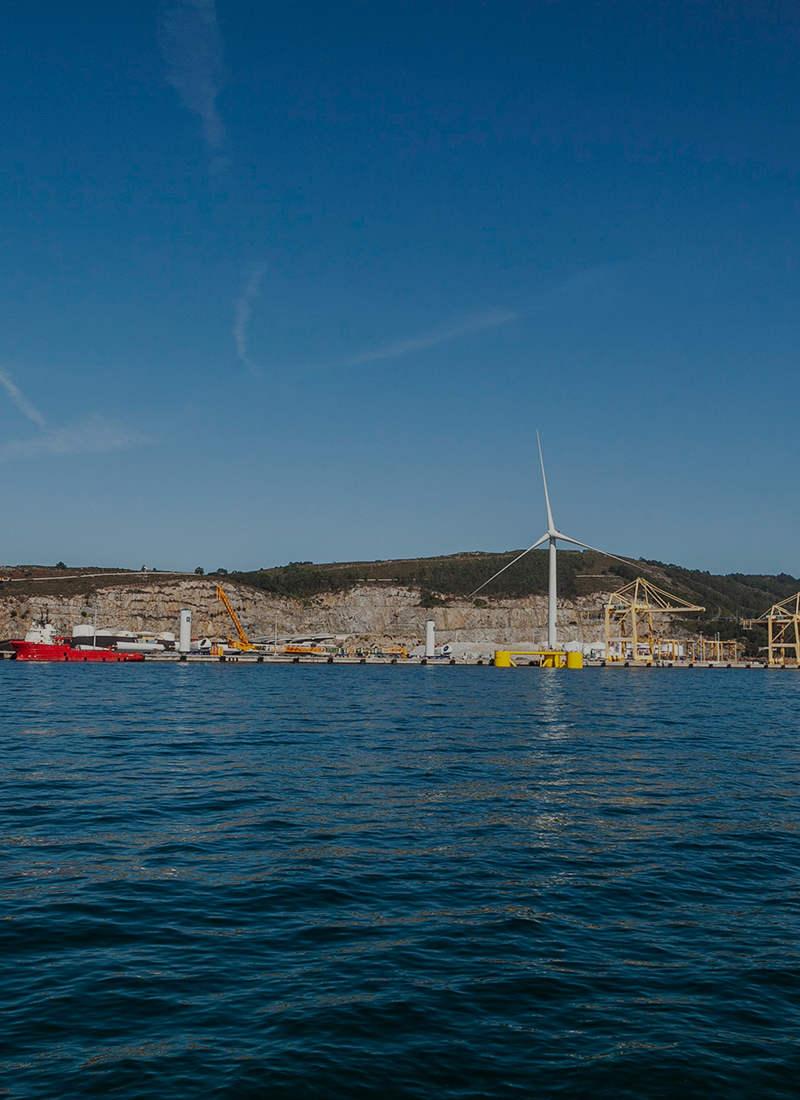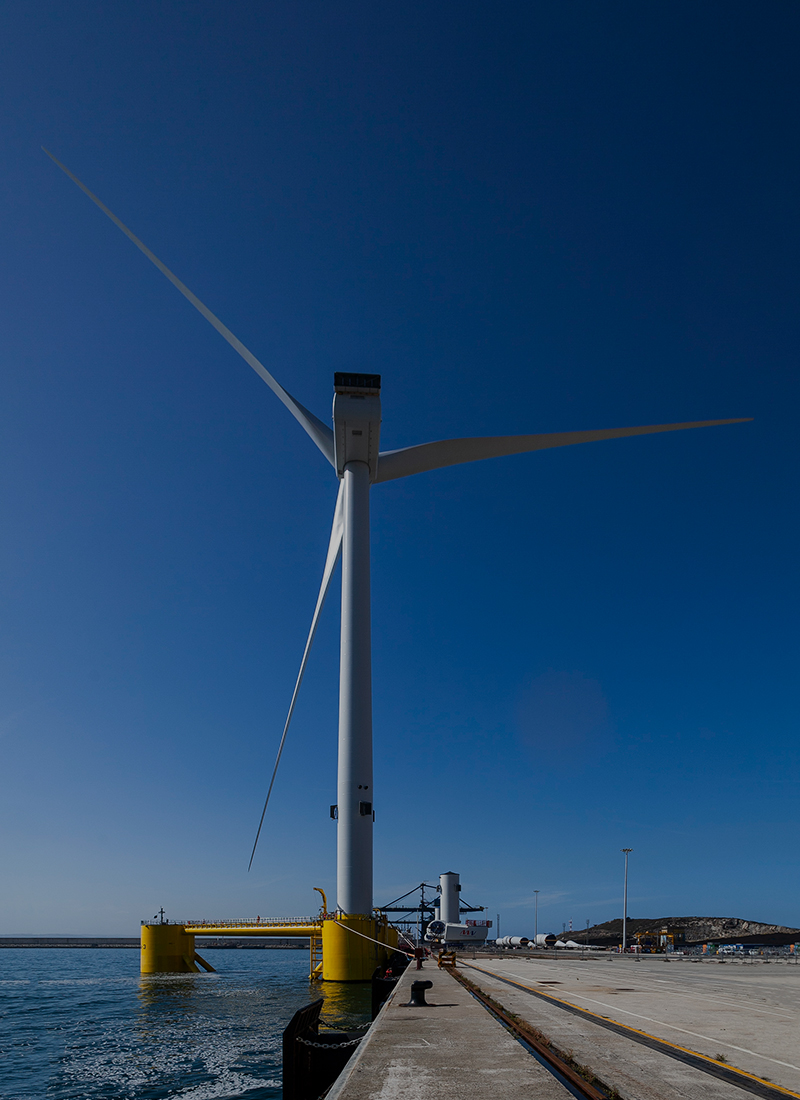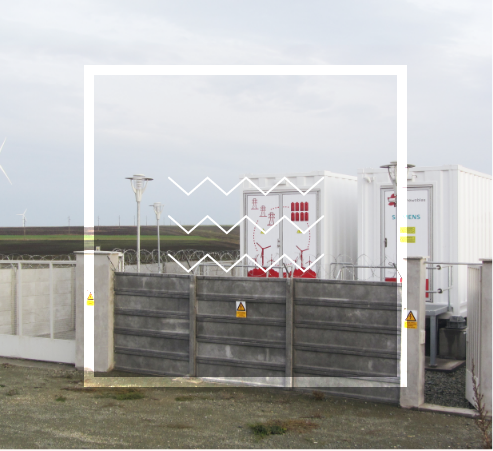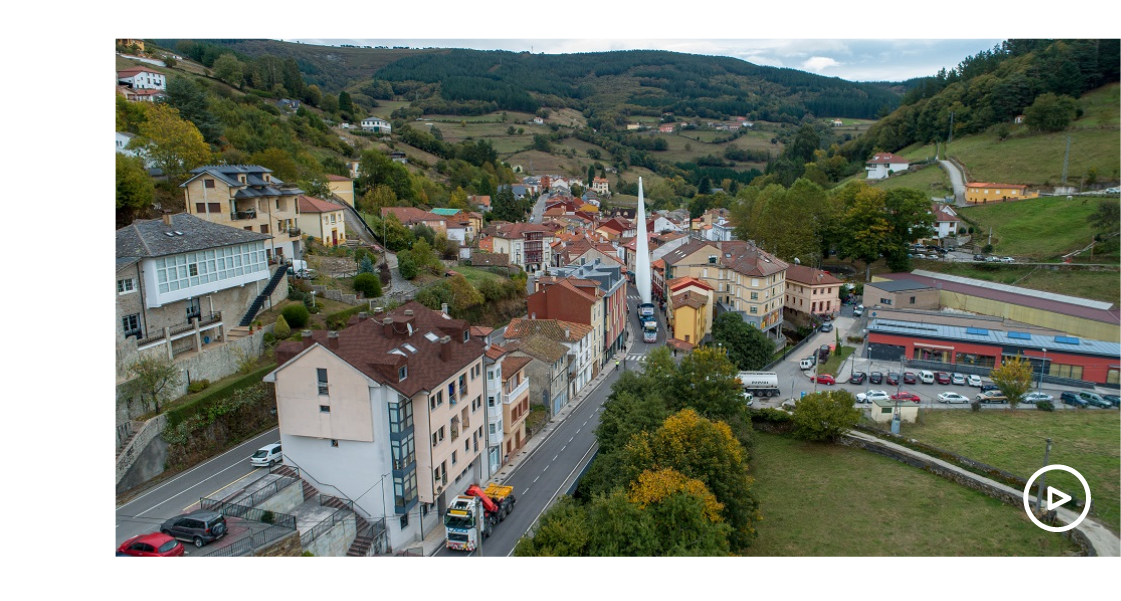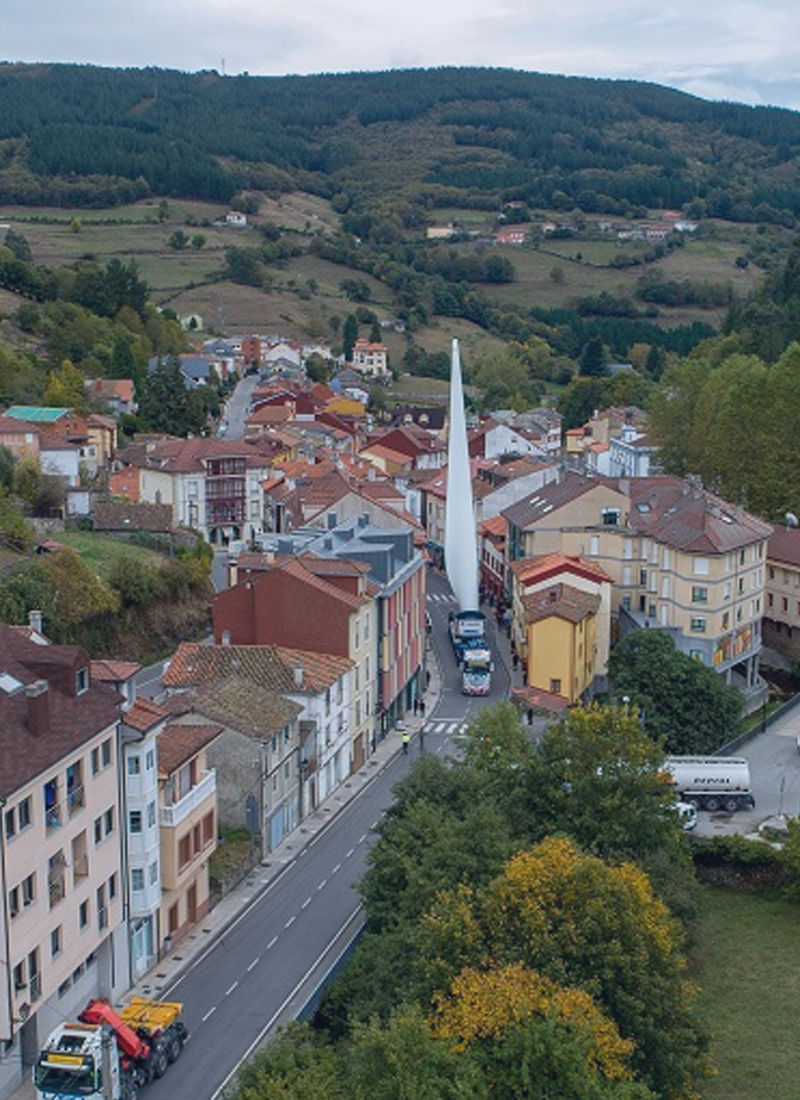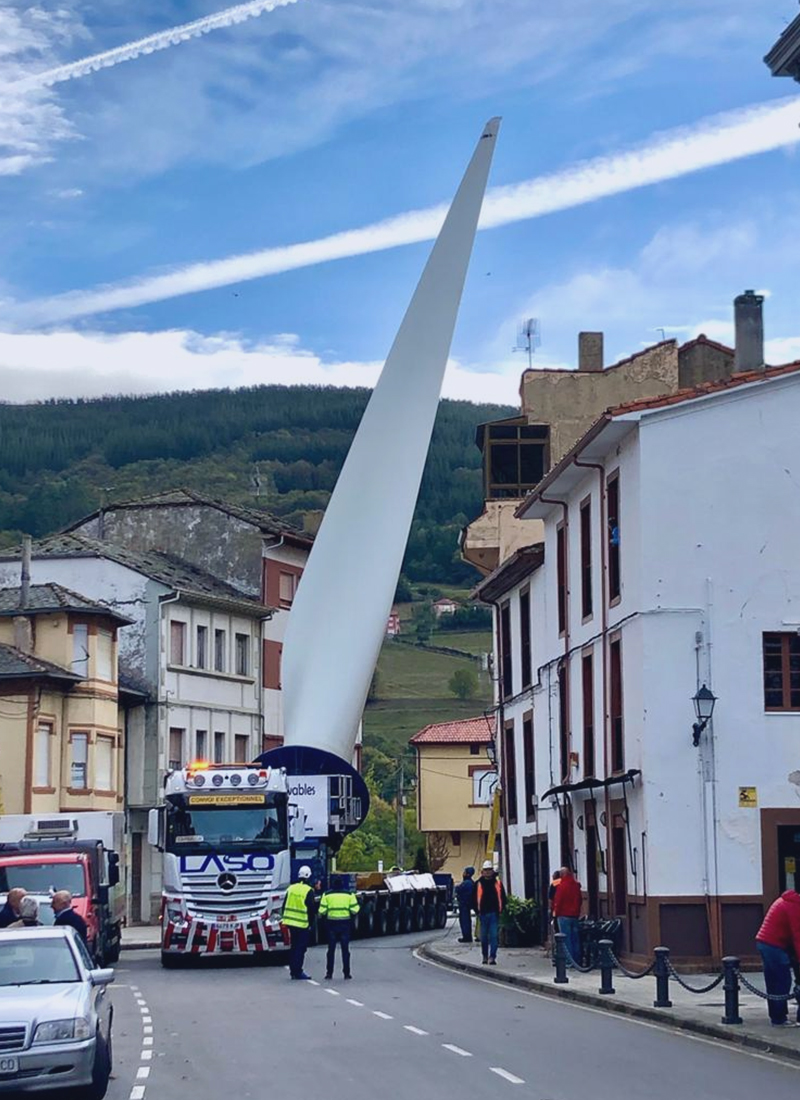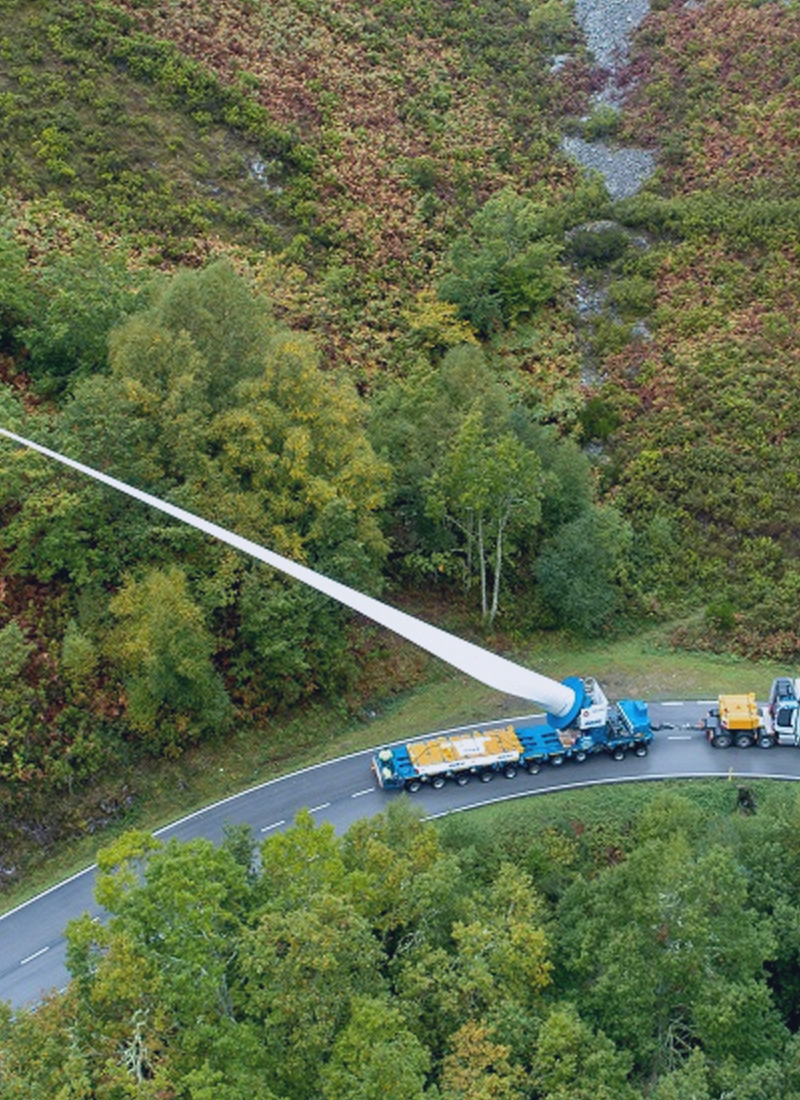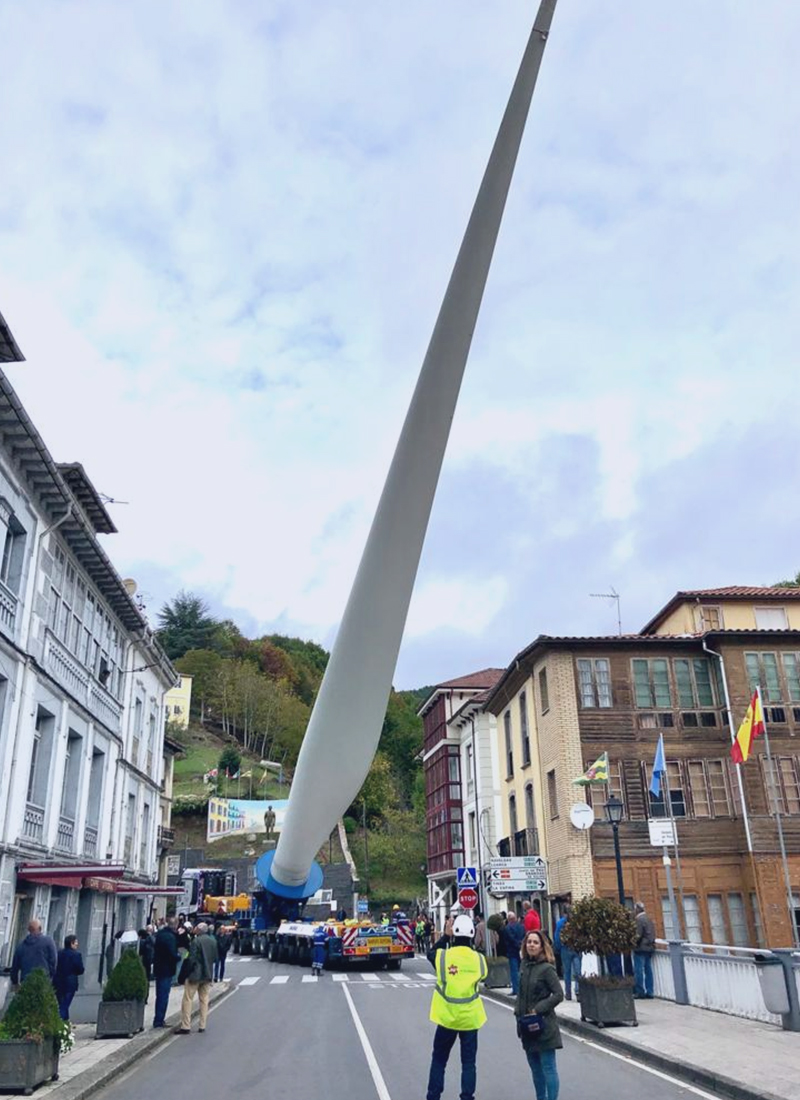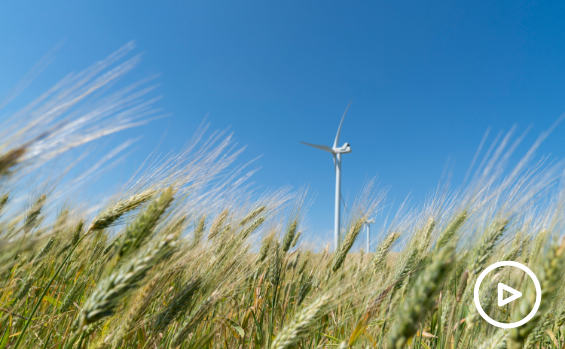Leader in the renewable energy sector
Our commitment to innovation and new technologies has made us a leader in the renewable energy sector. Ongoing projects include repowering, energy storage plants, floating offshore wind farms and power plants that seek synergies between solar PV and wind energy. Because at EDPR, we believe that a sustainable future starts with our choices today.
+270
WIND FARMS
+15
SOLAR PARKS
4.6 million
HOUSES POWERED BY EDPR
18.5 mt
AMOUNT OF CO2 AVOIDED
Just like oil or gas, wind energy came into prominence onshore. Later, it moved out to sea, starting in shallow water and them making steps into deeper waters.
WindFloat Atlantic Project
One of the EDPR's most exciting projects is WindFloat Atlantic, which is the continental Europe's first floating wind farm.
Located approximately 20 km off the coast of Viana do Castelo, where the waters reach a depth of 100 meters, WindFloat Atlantic (WFA) is under construction. It is first next-generation offshore wind farm in continental Europe.
DEPTH
Structure designed to be anchored at a depth of more than 100 m.
OFFSHORE WIND FARM
First floating wind farm in continental Europe.
17M WAVES
Capable of withstanding waves more than 17 meters high and winds of more than 60 knots.
CAPACITY OF 25MW
Total capacity of 25 MW (the consumption of approximately 60,000 households).
Installation
The facility consists of three wind turbines supported by floating platforms that integrate WindFloat technology (owned by Principle Power Inc.).
Windplus Consortium
The project belongs to the Windplus consortium, which is jointly owned by EDP Renováveis (54.4%), ENGIE (25%), Repsol (19.4%) and Principal Power Inc. (1.2%).
Context
This project is backed by the success of the WindFloat 1 prototype. Operational between 2011 and 2016, this 2 MW prototype managed to continuously generate power for five years and withstand extreme climactic conditions without suffering any damage—including waves of up to 17 m high and winds of 60 km.
WFA has two unique features that set it apart from traditional offshore windfarms:
These two features make the involvement of large transportation and installation ships unnecessary, eliminating complex and costly operations at sea. In addition, they make it possible to set up wind turbines farther from the coast, where the seafloor is deeper and wind speeds are stronger and more regular.
Sustainable growth of renewable energy
The average lifespan of a wind turbine is 20 years. At 15 years, wind turbines need to be assessed for safety and the future of the turbine must be determined. At this point, EDPR may consider full repowering as a solution to be accomplished. Full repowering means reducing the overall number of wind turbines and replacing them with more efficient machines which results in a net increase of power generated. Properly managing wind turbines at the end of its life from a sustainable point of view, is crucial to maximize the environmental positive impacts of wind energy from a life cycle approach.


Efficient work
Efficient utilization of potential wind sites producing higher amount of energy.
Better integration
Modern wind turbines offer better integration with grid.
Reduced O&M costs
Reduced noise pollution
Reduction in land area per MW of wind farm
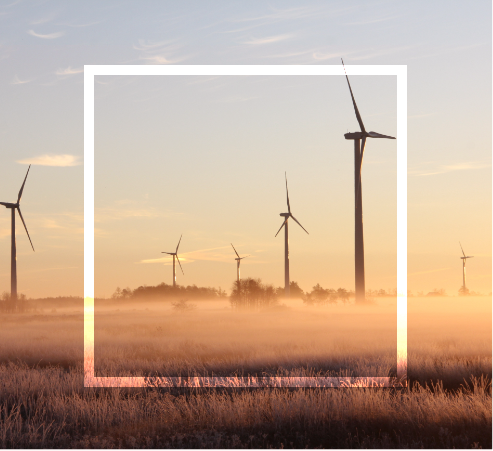
In 2021, EDPR NA initiated its first repowering construction proceedings at the Blue Canyon II Wind Farm in Oklahoma, representing a critical step toward extending the longevity and efficiency of EDP Renewables’ projects in its growing North American footprint. The repowering of Blue Canyon II, which is located in Caddo and Kiowa counties and is part of a four-phase project, ensures significant economic benefits and affordable energy will continue with the project.
EDPR NA anticipated the repowering operation will create an annual increase of more than 30 percent in power production and will extend the project's life an additional 20 to 30 years beyond the 15-plus years it has already been in operation. Seventy-three of Blue Canyon II's 84 turbines will be repowered, replacing the nacelles, blades, and the top tower section of each turbine. Repowering is anticipated to be completed by the end of 2021.
EDPR positions itself at the forefront of innovations in the renewable energy industry.
The Stocare Project
The Cobadin wind farm
In 2018, EDPR opened a battery energy storage facility at the Cobadin wind farm in the Dobrogea region of Romania. The Stocare Project, as the initiative is called, is a significant step forward in the technological development of energy storage.
Batteries are charged during days of excess wind energy production, and, when production is lower than expected, this stored energy is supplied to consumers. This reduces forecast errors from the power schedule submitted the day before, helping to minimize energy losses and cut balancing costs. The project is the first in Romania to use lithium ion batteries for electricity storage, and could lead to a breakthrough in the energy market in the coming years. by transforming renewable energies such as wind and photovoltaic solar into consistently available energy sources, these sources become even more efficient, reliable and attractive.
The Sonrisa Solar Park
In 2019, EDPR closed its first PPA with operative storage system. The Sonrisa Park has secured a PPA for 200 MW of solar energy and 40 MW of energy storage, with the combination of solar and storage designed to increase effiency and provide greater balance in energy supply.






Energy storage is needed on an industrial or grid scale for three main reasons:
The Blade Lifter transport system: technology and innovation at the Carondio Wind Farm.
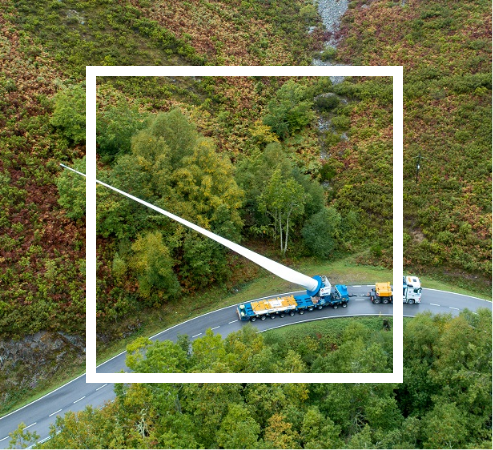
Two 40-meter-long blades (each weighing 6.8 metric tons) were transported using this pioneering logistical technique - a milestone for land transport systems designed to move large equipment into areas with limited accessibility.
The wind farm's location prevents quick and efficient transport, increasing the need to have a high stock of blades available at Carondio in order to optimize management. With these obstacles in mint, EDPR began to consider different options for blade transportation, including the Blade Lifter technique.
This method consists of transporting each blade on a special vehicle which can incline up to 60 degrees. By being able to scale the steepest sections of the road up the mountain, this uniquely designed machinery allows the blade's angle to be increased and decreased accordingly, which consequently reduces its turn radius.
Green hydrogen is gaining relevance on the European scene and the European Commission annouced its strategy in 2020, which sets more ambitious targets for this energy and, in parallel, alliances are being established to lead the implementation. Portugal and Spain have a prominent position and believe that hydrogen business can help achieve:
- Decarbonization
- Renewables empowering (to establish renewables revenue)
- Storage & Flexibility improvement
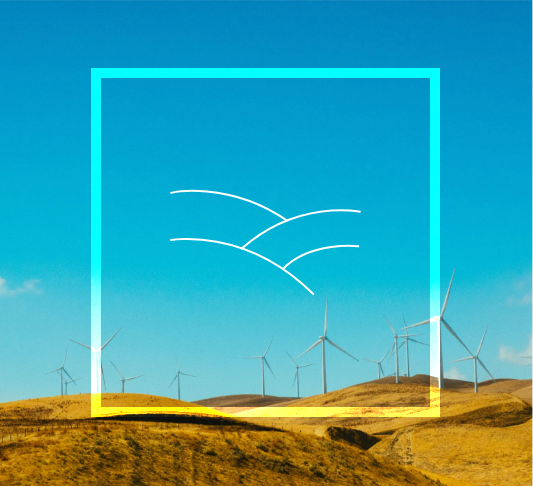
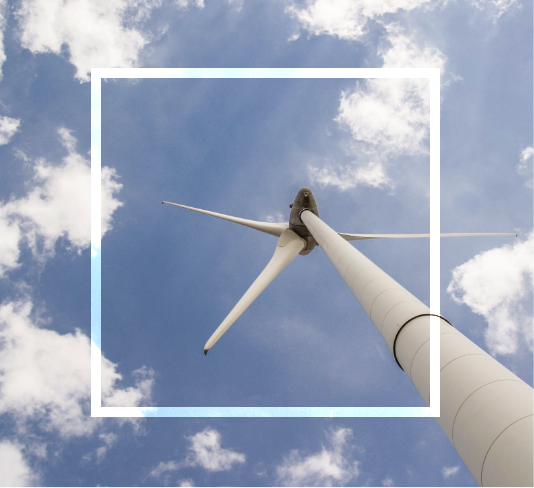
EDP has a pilot project in the Ribatejo Central, the partnership in H2Sines and a collaboration with Alenquer City Council, among other entities. At an international level, EDP is developing the Behyond project, a partnership between Portugal and Norway to study the feasibility offshore hydrogen production and is also involved in creating an European hydrogen market with European Alliance Clean.

EDPR, as part of its R&D strategy, boosts efforts to offer sustainable energy solutions that meet customers’ increasing need to balance energy supply with grid demand.
Hybrid power plants combine various sources of power generation and energy storage to accentuate the positive aspects and address the challenges of a specific generation type, in order to produce power that is more affordable, reliable and sustainable. The combination of wind and PV offers increased capacity factor and annual generation.















